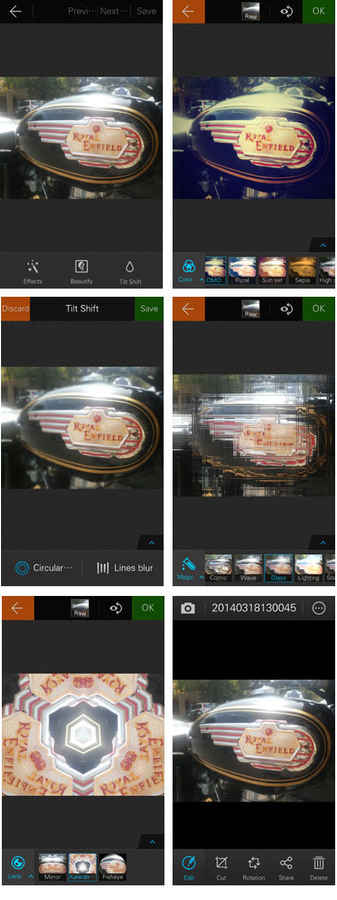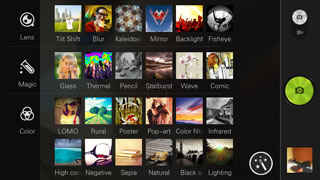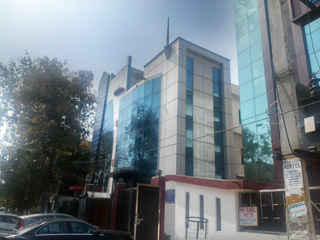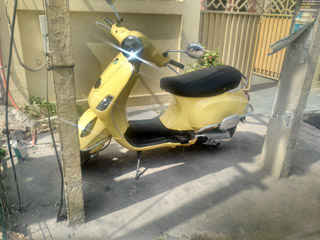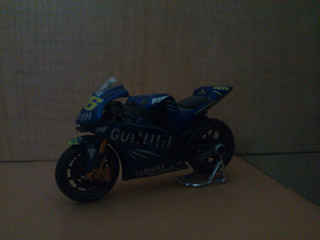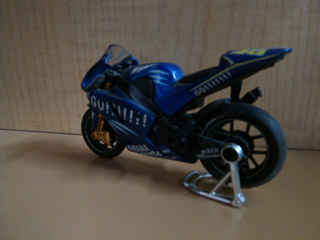Lenovo Vibe Z: The sharp shooter
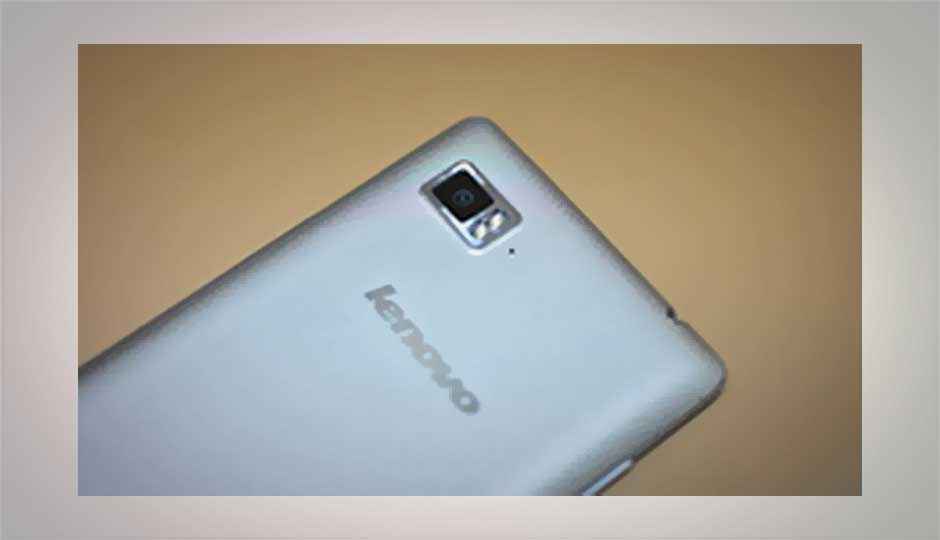
The Vibe Z comes with a cutting edge 13MP rear camera with a BSI sensor and a wide angles 5MP front camera for making video calls and taking selfies. Lets have a look how well does the pair of cameras perform
One of the great features on the Lenovo Vibe Z is its capability to capture pictures. The smartphone has a 13MP rear camera with a BSI sensor and a 5MP front camera which has an 84° wide angle lens which is wide enough to fit a large group a people while taking a selfie. In the video department, both the cameras are capable of shooting full HD videos.
All of this sounds nice, but does it prove to be worthy of capturing everyday moments.
Rear camera
Lenovo has put a BSI (Backside Illuminated) sensor in which the arrangement of the imaging elements is placed in such a way so as to increase the amount of light captured. This means that it can perform and give great results in low-light conditions.
The rear camera is backed up by a dual-LED flash, which is a bit too bright at times, although in low light it does help bring out some details. In our test, we didn’t notice any flash-flooding which means that pictures don’t have a ghost or a white haze in them.
On standard settings in bright conditions, the camera is brilliant. It focuses really fast and captures pictures very quickly. The burst mode was an absolute delight as it can shoot continuously without a sweat. The camera has some exposure controls like ISO, brightness, exposure compensation, metering and so on. There are some preset scene modes as well, although we didn’t fiddle with them too much. Other features include a night mode, panorama, HDR, picture in picture mode, speech recognition control, smile recognition, macro, etc.

.jpg)
You can also edit your pictures with its built in editing tools that let you add some filters and effects, cropping and a good looking tilt shift lens feature.
If you don’t like so much of post-processing, there is a simple one-touch effect mode which brings up a variety of effects and filters which you can use right when you are clicking the picture.
Under low-light conditions the BSI sensor actually helps as the pictures produced are not very dark and there is very less amount of grain or noise. Although the pictures do tend to go soft, and due to the low shutter speed, there can be shakes in the picture.
Videos turn out to be vivid and sharp. The auto focus works well if you have focused on your subject once, the focus stays on it and doesn’t randomly jump onto the object on the background.
Here are some of the sample shots from the rear camera on the Lenovo Vibe Z. (Click to enlarge)
Well lit conditions
HDR shots
Panorama
Front camera
The front camera on a smartphone was primarily designed for video calls, but people use it more for taking pictures of themselves, or what now it’s called a selfie. The front camera can click pictures with a resolution of 5MP and has the capability of shooting full HD videos as well.
Most of the tweaking and image processing tools are not available when using the front camera, however post-processing can be accomplished with the editing tools.Talking about the wide angle, the front camera does offer a wide field of view so now you can fit all of your friends to take that memorable group selfie.
Check out the sample shots of the front camera on the Lenovo Vibe Z. (Click to enlarge)
Well lit conditions
Low light conditions

.jpg)
.jpg)
